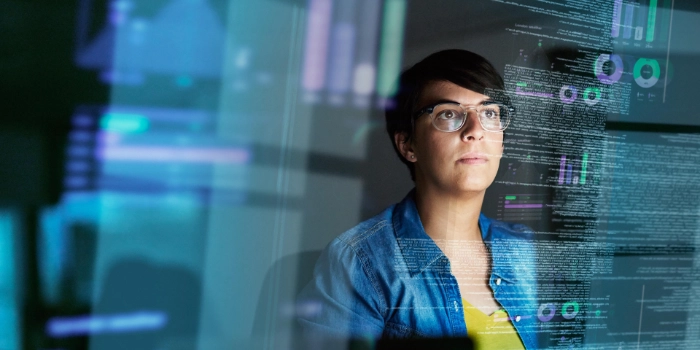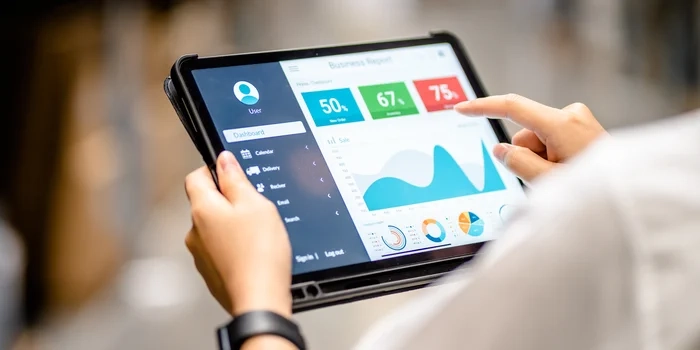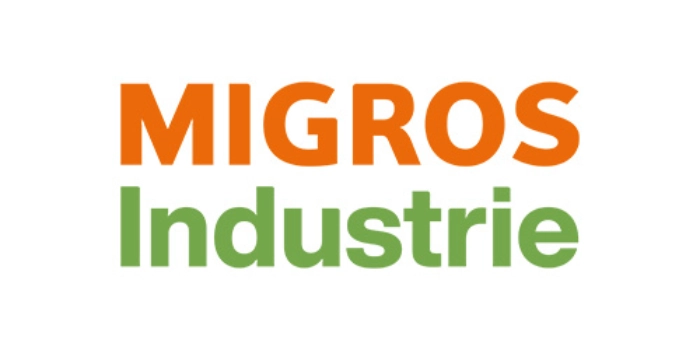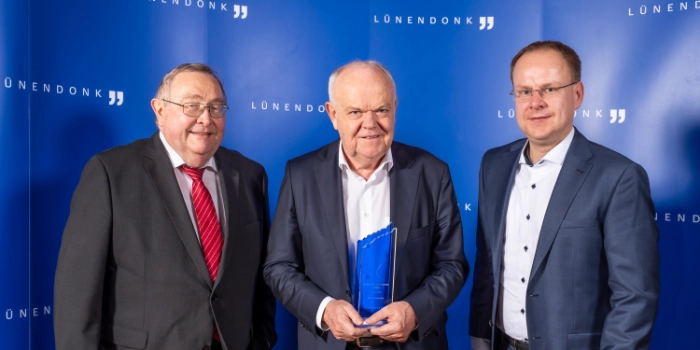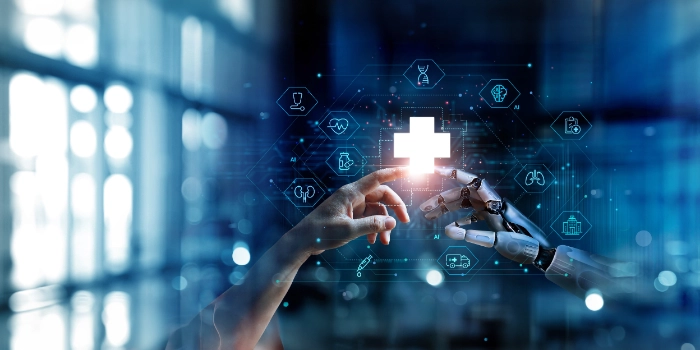
New paths
to sustainability and resource optimization
With the digital twin to more sustainability
The topics of sustainability and circular economy are currently the central themes of the economy. Earth Overshoot Day makes us aware that humans consume more resources than are actually available on our planet. Therefore, it is important for every company to use the available resources sustainably in its products and processes.
Digital twins hold high potential for the sustainability assessment
The potential of the digital twin in terms of sustainability is considered to be very high. According to the msg Study on the Digital Twin, which was published in 2020 in cooperation with Fraunhofer IPK, the digital twin represents a good basis for the analysis of material and energy flows for the sustainability assessment in the view of the respondents. The first applications for energy monitoring already exist. The digital twin can therefore form the digital basis for increasingly sustainable value creation.
Definition of the digital twin
But what is meant by a digital twin and how can it be used for the sustainability assessment? A digital twin is an exact digital 1:1 mapping or relation to a real product, process or production. A complete digital twin requires a digital master (TARGET state) and a digital shadow (ACTUAL state). A sensor system captures and controls the data and its transfer to the virtual world. The processing of the data by business analytics or artificial intelligence can take place in the real world, for example in the vehicle, but primarily happens in the digital twin.
Use cases of a digital twin for the sustainability assessment
We will show how the digital twin can be used for the sustainability assessment using exemplary use cases from the areas of product, process and production in the manufacturing industry. Sustainability comprises the dimensions of ecology, economy and social responsibility. The ecological dimension looks at the efficient use of resources to protect our environment. The economy deals with the reduction of CO2 emissions, waste and energy, among other things, as part of the circular economy. The social responsibility dimension covers the social responsibility for the sustainable use of resources – by private individuals and companies.
Increase in product value creation through consistent maintenance and reuse
The 1:1 relationship between the real product and the digital twin enables product-specific monitoring. Based on data from actual use, it is possible to make precise statements about wear and tear and the service life of the product or its components. It is possible to determine the exact individual point in time when a repair or replacement of a component becomes necessary. This conserves resources by extending the service life of the product. If a product is no longer operational, it is possible to extract parts or components in order to reuse them as spare parts in other products. The digital twin provides data on the usage history. This allows an assessment of the extent to which the specific component can be safely reused in another product. Simulation can be used to safeguard "second life" use and, if necessary, confirm it with warranty certificates. If data from the product's supply chain and production is taken into account, the resource consumption or CO2 footprint can be determined, for example, and used as a sales argument.
Reduction of the CO2 footprint through transparent processes along the supply chain
With a digital twin, processes such as the supply chain can also be mapped digitally. From raw materials to suppliers and sub-suppliers to distributors and transport routes, the supply chain is digitally recorded end-to-end. Not to be neglected is the recording and management of packaging materials. With digital twins, packaging materials can be traced transparently. The transparency of the packaging materials means that a high proportion can be recycled, which in turn conserves resources. On the basis of the digital twin, it is not only possible to identify supply bottlenecks at an early stage or to optimize transport costs. It is also possible to design the supply chain according to sustainability aspects. This makes it possible to identify an energy- and emissions-optimized delivery model that reduces a product's CO2 footprint. To ensure tamper-proof recording and management of CO2 data along the supply chain, the digital twin is used in combination with blockchain.
Optimal use of resources in production through the digital twin
Many companies are facing the challenge of making their production more sustainable. This includes efficient use of resources as well as optimization of emissions. The first step is to create an exact digital representation of physical plants and production lines as a digital twin. This allows the settings of the machines to be realistically simulated and optimized. A major ecological advantage that arises from the use of digital twins is the monitoring or control of production facilities in terms of optimal resource utilization. This will enable, for example, automated reduction of waste or idle time. The next major development stage will be that decisions in the production process are made and implemented independently by a digital twin. In our study, only six percent of respondents share this view.
Summary and conclusion
Our study shows that the digital twin is becoming increasingly important in the sustainability assessment. There are use cases in product, process and production for sustainable resource use. When recording and evaluating data for the sustainability assessment, the focus must be on the task and the objective. Otherwise, there is a risk that the effort required to provide data will exceed the expected benefits. You are wondering whether a sustainability assessment is worthwhile for you and your company? Then we will be happy to assist you.
The IT and automotive experts at msg
Together with you, msg develops a vision and a target image of the digital twin with a focus on the benefits and a business case of the respective use case. To ensure the benefits, we perform data flow analyses along the lifecycle and check the availability and quality of the data. From this, we can in turn deduce whether the expected benefit exceeds the resource consumption and emission output and you can thus contribute to sustainability.



